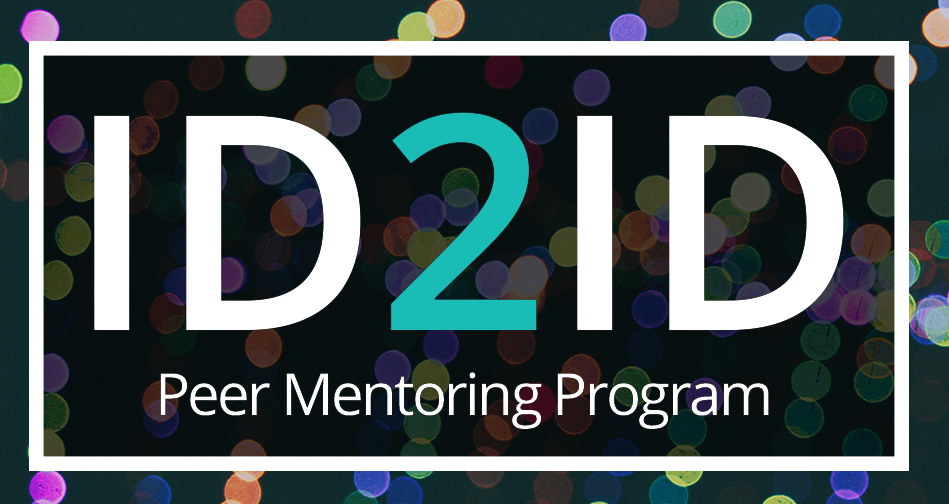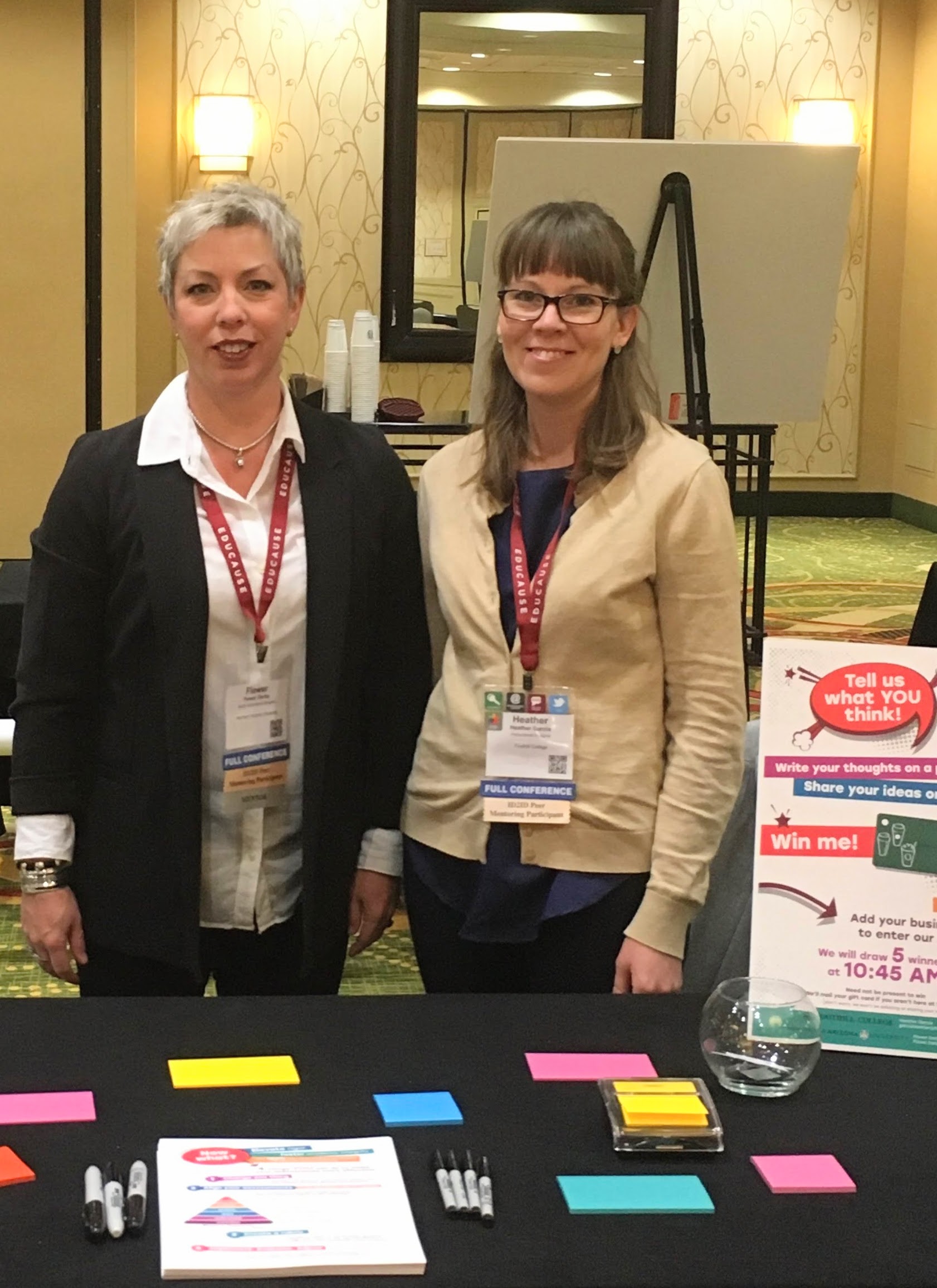You have /5 articles left.
Sign up for a free account or log in.

iStock
Flower Darby has worked as an instructional technologist and designer at Northern Arizona University for five years, and it hasn’t always been easy. Sometimes she’s wondered if the challenges she faces -- struggling to secure buy-in from faculty members and acknowledgment from administrators -- are exclusive to her.
As it turns out, they’re not. But it took a while to find out for sure.
“You might go to a conference and have a good conversation with someone over coffee, but that’s kind of a one-off,” Darby said. “You don’t really plumb the depths of the content or their approach.”
Now she’s been able to do just that, thanks to the ID2ID peer mentoring initiative, sponsored by Pennsylvania State University and Educause. Participants in the inaugural program, now accepting applications for its second session, from June 2018 to January 2019, say they now feel more closely connected to a nationwide network of their peers.
They also gained concrete skills and techniques that they’ve taken back to their institutions, as well as relationships with other designers that will help them avoid feelings of isolation like the ones Darby and others in the job said they often feel.
Angela Dick, a designer at Penn State and one of the program’s organizers, knew ID2ID was off to a strong start when people were reaching out to her after last year’s application deadline asking whether they could still get involved.
No first-year program with 270 participants goes off completely without a hitch, of course. Leaders are refining the process of pairing mentors and mentees this year after last year saw some midprogram dropouts. They’re also answering calls from even the most satisfied participants for opportunities to engage with peers in small group settings, rather than only in pairs or with the entire cohort.
 “What we heard from focus-group sessions is that 270 people are a lot to connect with,” Dick said. “The partnerships provide a great one-on-one interaction. The Google Community [which includes the entire cohort] provides great scale of interactions. What was missing was in between.”
“What we heard from focus-group sessions is that 270 people are a lot to connect with,” Dick said. “The partnerships provide a great one-on-one interaction. The Google Community [which includes the entire cohort] provides great scale of interactions. What was missing was in between.”
Small groups this year will coalesce around topics of interest -- learning analytics, learning spaces, emerging technology, virtual and augmented reality.
The dropout rate for the program’s first year was a little over 10 percent -- about the same as when the program was held only among Penn State’s instructional designers, according to Dick. The new small group component will put partners of designers who drop out in less of a bind, as they’ll have others to whom they can connect.
Last year, designers could choose to fulfill only program-level requirements -- writing reflection pieces and attending professional development activities -- or they could go one step further for a badge credential, which required creating an "artifact" like a presentation or learning resource. Some designers found the difference between those two options confusing, so this year designers can choose to fulfill the badge requirements or simply participate to an extent they choose.
The program’s advisory committee also learned valuable lessons about how to make matches. Designers prefer to be paired with someone in their time zone, and the best matches allow for idea sharing across common interests, according to Kyle Bowen, director of education technology services at Penn State.
Steven Crawford, associate director for academic innovation at Arizona State University's College of Nursing and Health Innovation, enrolled last year as a mentor. He enjoyed the opportunity to reflect on his position relative to where he had been at earlier points in his career.
His mentee -- Melissa Williams at the Mitchell Hamline School of Law in Minnesota -- benefited from the experience as well. She switched jobs midway through the program and turned to Crawford for guidance. They’ve still only met twice face-to-face, but he thinks they’ve developed a strong connection that has continued beyond the structured program.
Unlike other professional development opportunities involving instructional design, which tend to be focused on faculty members and chief information officers, according to Crawford, this program puts designers' priorities front and center. It also requires participants to think clearly about what they want to accomplish in a finite time period.

The program introduced designers to concepts and issues they hadn’t yet considered. Darby and her buddy Heather Garcia, an instructional designer at Foothill College in California, swapped books as a way to quickly see a new perspective. For her part, Darby learned about theories of instructional design that previously hadn’t crossed her desk, such as SAMR (substitution, augmentation, modification and redefinition).
Laura March felt so emboldened by the support and guidance she received from fellow designers in the program that she applied for and secured a position as senior instructional designer at the Carolina Office of Online Learning. She had had only one previous instructional design job (at American University) after a short career in web design, but advice from other instructional designers who had switched careers gave her confidence.
The program's workload is manageable, participants said, but it's helpful to know ahead of time how much time you'll need to devote. Crawford said he connected by phone with Williams at a scheduled time every week, and they chatted by email in between. Darby estimated she spent up to three hours a week -- not an enormous burden, but enough that making plans ahead of time is key to success.
March -- who during the program helped create an infographic about creating forums -- advises anyone applying this year to think ahead of time about goals for the program and ways your skills and experience might benefit others: "As long as you are up front with your capabilities as a professional to take on a program that will take time out of your busy schedule, I'd recommend it to anybody looking for more time for sharing ideas."








